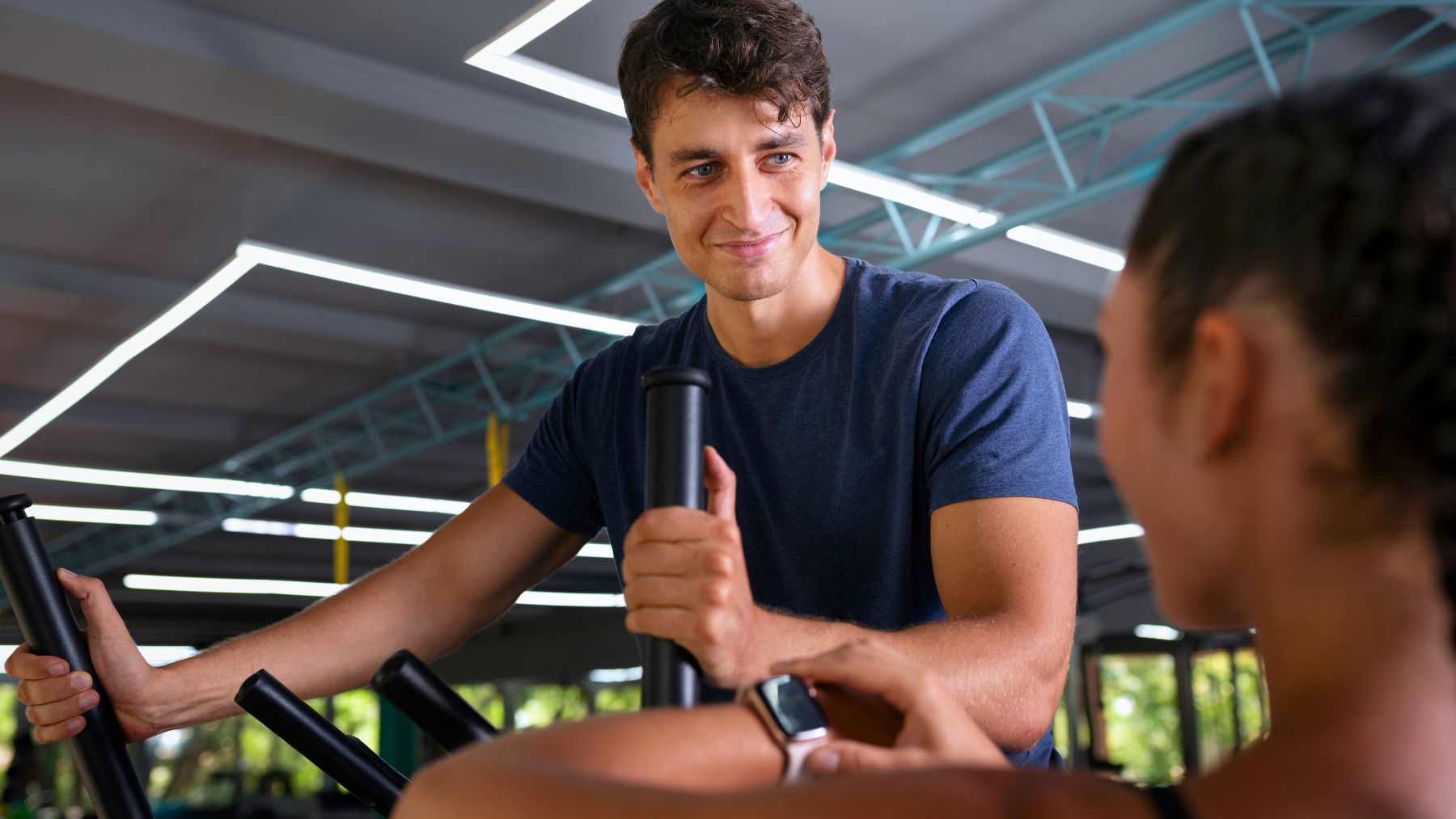Hitting 50 can be the perfect time to test how well your body can perform. According to Olympian and USA Weightlifting coach Caine Wilkes, there’s one specific workout that can reveal how fit you are. If you can complete it from start to finish without stopping, you’re ahead of most people your age in strength, endurance, and mobility.
This is about proving you can still move with power, stability, and control in your 50s. Wilkes says this sequence challenges your entire body, pushes your cardiovascular endurance, and demands solid form the whole way through. Here, we’ll look at the six exercises in the routine, how to do them, and why passing this test is a sign of lasting athletic ability.
Six exercises that prove your fitness at 50
Wilkes calls this a “total-body finisher” because it works multiple muscle groups in one continuous effort. You’ll move quickly from one exercise to the next without resting, hitting your legs, arms, core, and heart all in the same round. The goal is to complete two rounds in a row while keeping good form.
- Walking lunges: Perform 10 reps per leg. Step forward into a lunge, lowering your back knee toward the floor. Push through your front heel to bring your feet together, then step forward with the opposite leg.
- Pushups: Complete 15 reps. Keep your body straight from head to heels with palms and toes against the floor, lower your chest toward the floor, and press back up.
- Bent-over rows: Do 10 reps. Hold a dumbbell in each hand and hinge forward at the hips with your back flat. Pull the weights toward your ribcage, then lower them slowly.
- Bodyweight squats: Perform 20 reps. Stand with your feet shoulder-width apart, lower your hips back and down as if sitting into a chair, then drive through your heels to return to standing.
- Plank hold: Hold for 30 seconds. Rest on your forearms with your body in a straight line from head to heels. Engage your abs and glutes to prevent your hips from sagging.
- Burpees: Complete 10 reps. From standing, squat down, kick your feet back into a pushup position, then jump your feet forward and spring upward into a jump.
The benefits of these exercises after 50
Being able to finish this sequence without rest is proof that you’ve maintained a high level of strength, mobility, and stamina over the years. Wilkes explains that athletic shape at this age means you can move well, control your body through a range of motion, and recover without feeling wiped out for days.
These movements test how your muscles, joints, and cardiovascular system work together under stress. They also mimic everyday activities—climbing stairs, carrying groceries, bending down, or getting up from the floor—so your performance in the gym translates directly to life outside it.
To perform at this level, most people have trained consistently, eaten to support muscle and energy, and made recovery a priority. Wilkes points out that strong technique is just as important as raw power; sloppy form not only slows you down but also increases your risk of injury.
If you can complete two rounds of these six exercises in a row with clean form, you’re not just in good shape—you’ve kept yourself in the kind of condition that lets you live actively and confidently well beyond your 50s.

